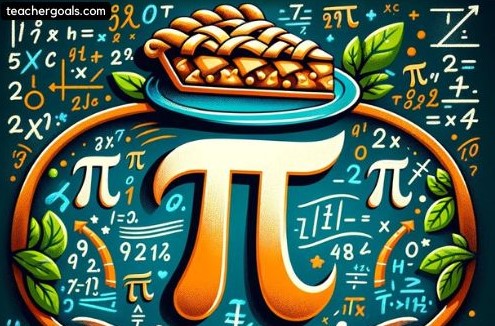
In 2009, Congress designated March 14 as Pi Day. The Greek letter “π” represents the ratio of a circle’s circumference to its diameter. Since Pi can be approximated as 3.14, this date fits National Pi Day.
In celebration of this day, Hispanic Engineer Magazine highlights one of the most influential leaders in math education, Dr. Richard Tapia.
Tapia was born in Los Angeles to parents who immigrated from Mexico as teenagers searching for educational opportunities for themselves and future generations.
He was the first in his family to attend college, earning a B.A., M.A., and Ph.D. in mathematics from the University of California, Los Angeles (UCLA).
In 1967, Tapia joined the Department of Mathematics at UCLA and later spent two years on the faculty at the University of Wisconsin. In 1970, he moved to Rice University, where he was promoted to associate professor in 1972 and full professor in 1976.
He holds the title of University Professor at Rice University in Houston, Texas, the highest academic title at the institution.
Tapia has held various positions at Rice University, including the Maxfield-Oshman Engineering Professor and the Center for Excellence and Equity in Education director.
Thanks to his efforts, Rice University has gained recognition for its programs, particularly in the Rice Computational and Applied Mathematics Department, which has become a national leader in producing Ph.D. recipients in the mathematical sciences.
Over 35 mathematics students have received or are working toward a Ph.D. under his direction.
Under Tapia’s leadership, Rice’s NSF-funded Alliances for Graduate Education in the Professoriate (AGEP) Program offers undergraduate and graduate science, mathematics, and engineering students to participate in university activities and gain summer research experience with Rice faculty.
Over the years, Dr. Tapia has impacted hundreds of teachers through a summer program called TeacherTECH. He has authored or co-authored books and more than 80 research papers in mathematics and has delivered numerous presentations at mathematical conferences.
In Florida, Nova Southeastern University’s Broward County students recently celebrated Pi Day with activities organized by the Math Club, which included a Mental Math Challenge.
In this competition, participants were required to answer questions without using phones, calculators, pencils, or paper, and the student with the most correct answers was declared the winner.
Meanwhile, the Exploratorium in San Francisco, where Pi Day was first celebrated in 1988, hosted an annual celebration on March 14 (3/14) to honor “the irrational, transcendent, and never-ending ratio that helps describe circles of all sizes.”
Activities included presentations, Pi parades, and free pie slices.
NASA also invited students to participate in the annual NASA Pi Day Challenge, using Pi to explore Earth and space.
“Pi is the number that results from dividing the circumference of any circle by its diameter. Pi can be and often is rounded to 3.14 (even though its decimals never end), so 3/14 has been designated National Pi Day,” NASA announced.
Happy Pi Day! Are you grabbing a slice of your favorite pi(e)? Or penciling out other ways to observe the ratio of a circle's circumference to its diameter?
Here's a ROUND of applause for all the ways to celebrate. pic.twitter.com/er6vnmbW1Z
— NASA (@NASA) March 14, 2025
MSDE has a never-ending love for Pi! 🥧
Happy #PiDay! pic.twitter.com/OYGjDVZOpx
— Maryland State Department of Education (@MdPublicSchools) March 14, 2025
Pi Day on a Friday! 🥧
🌐 https://t.co/3qw2SY2yXy pic.twitter.com/KE45tOzZgg— TeacherGoals (@teachergoals) March 14, 2025
The U.S. Army Corps of Engineers has been tasked with…
Brown and Caldwell, a leading environmental engineering and construction firm,…
Humboldt State University, one of four campuses within the California…